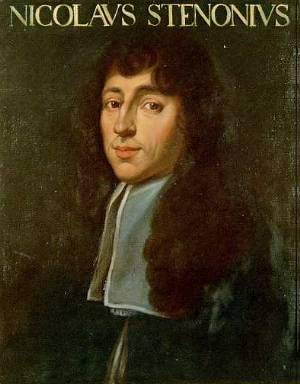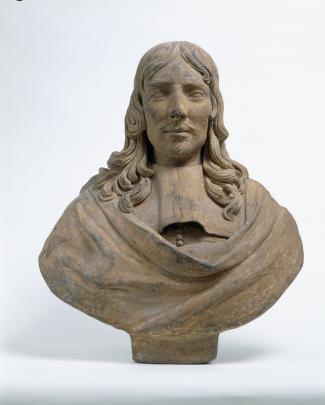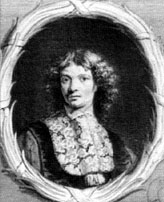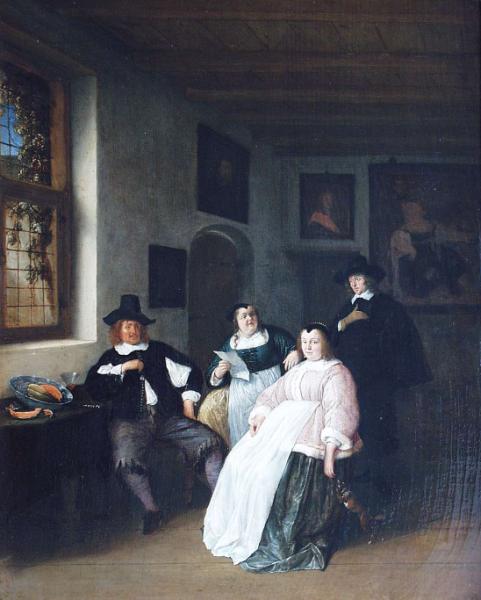 |
|
|
| Swammerdam’s science His life and work Nerve function Muscles Bees and ants "The Bible of Nature" Amazing drawings Techniques and microscopy Preformationism Swammerdam’s life Birth Death A fake “portrait” Science in society Empiricism and religion Mysticism and modern science Illustrations and their meaning Swammerdam in culture Swammerdam's world Friends and contemporaries Contemporary accounts On-line resources Under construction: Discussions of Swammerdam’s work A bibliography of Swammerdam's works Contact |
Melchisedec Thévenot (1620?-1692) was a remarkable man: patron of the sciences, polyglot traveller, bibliophile, orientalist, one time French Ambassador to Genoa, inventor of a spirit level, author of a popular book on how to swim and, probably, ex-spy. Thévenot not only introduced Swammerdam into the elite circle of his scientific discussion group — a direct ancestor of the Académie des Sciences — he was also Swammerdam’s life-long friend and patron and encouraged him to study the ultimate problem of 17th century natural history: the origin of organisms. From the mid-1660s onwards, they had a regular correspondence. Swammerdam's letters to Thévenot survive (they are in Göttingen University library), and in the 1970s were edited and translated by Gerrit Lindeboom. This book is still in print and provides a fascinating insight into Swammerdam' life. (It also contains an alleged portrait of Thévenot which is in fact of his nephew Jean. As with Swammerdam, there is no known portrait of Thévenot.) Some of Swammerdam's letters retain the wax seal with which he would close his letters, and which carried his initials IISD (for Jan Jacobszoon Swammerdam):  © University of Göttingen  Nicolaus Steenson (" Steno ") (1630-1682), from Denmark, was a contemporary of Swammerdam's at Leiden and made major discoveries in anatomy as well as laying the foundations of geology. He eventually abandoned science, converted to Roman Catholicism and became a Bishop before dying in poverty. He was Swammerdam’s lifelong friend.  © Universiteit van Amsterdam © Universiteit van AmsterdamFrederik Ruysch (1638-1731), who was at Leiden with Swammerdam, became a leading anatomist who also pioneered forensic medicine. Like Swammerdam, he developed techniques for preserving dead bodies. Ruysch's preparations were the talk of the age and particularly intrigued Peter the Great of Russia, who bought Ruych's collection (some of his preparations still exist and can be seen here). He also made a number of macabre arrangements of skeletons and various bits and pieces, some of which were drawn and can be seen here. Ruysch was present at Swammerdam’s deathbed and was very close to Swammerdam's first biographer, Herman Boerhaave — he is probably the source for much of the personal detail we know today.  Reinier de Graaf (1641-1673) was also at Leiden in the early 1660s. He invented the syringe and described the pancreas. Although close to Swammerdam in his student days, they ended up in a furious row over who had been the first to observe human “eggs” (in fact follicles). History has accepted de Graaf’s claim — these are now called the Graafian follices.  Catharina Questiers (1631-1669) was a remarkable woman who studied chemistry and crystallography, as well as writing poetry and making etchings. She had a correspondence with Swammerdam during his period in Paris. She is holding a letter in this picture of The De Goyer family (detail), by Adriaen van Ostade (1650-55). The lady at the front is Anna Questiers, fiancée to De Goyers (seated) and sister to Catharina. ©Museum Bredius, Netherlands |